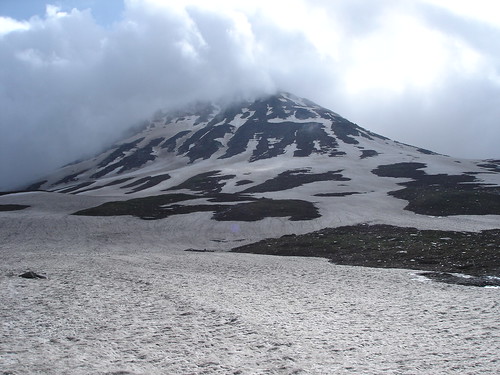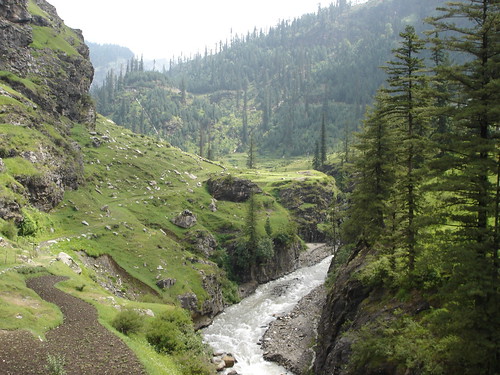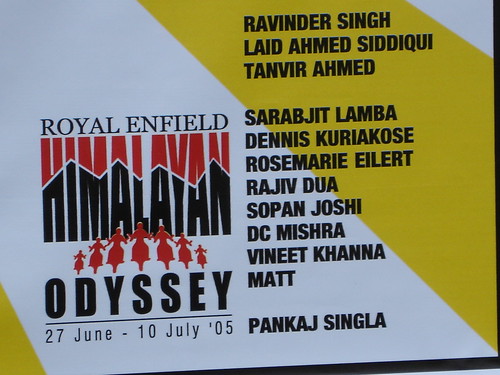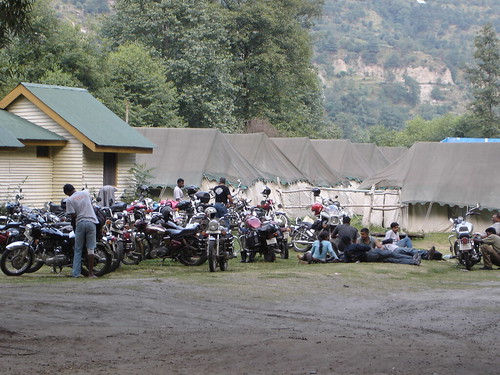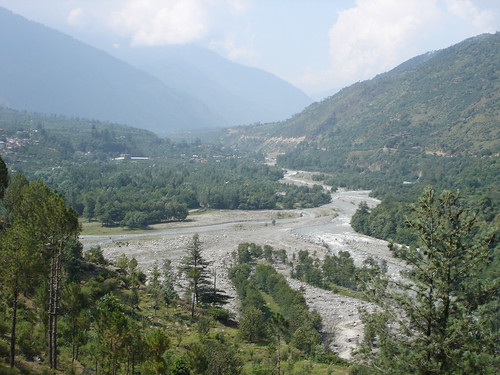Himalayan Odyssey - III - Sarchu
We are on the forth day. On the road less travelled and left for the hard riders. Starting from Keylong our next destination will be Sarchu. We got a briefing from the captain that the road is going to be worse and bit more dangerous. Also, we need to do our days journey quick as flash floods can block our way if we take too long. (Morning hours will have less sun and therefore less power (means water) on the road crossing streams. We were also briefed on 'Barlachala Pass' on the way, which is third highest or so (Its one of the toughest anyway, looking back). Its higher than Rohtang and people are expected to have headache and other mountain sicknesses.
We had possibly best part of the trip in this stretch. The scenery was beautiful and its all here for you too see...
1. Somewhere on our way to Darcha (Started from Keylong). I remember that I did some of the most risky riding in this stretch. Faster than rest of the group, I along with couple of other people touched Darcha in the first 1 hour or something. Got frenzy or something.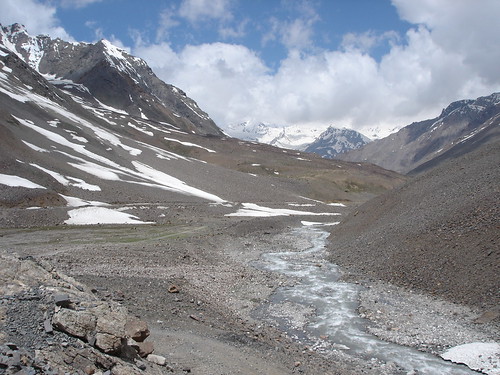
2. We are closing Barlachala Pass. Barlacha La connects Spiti district in HP to Ladakh district in J&K. Barlacha La also forms the source of two rivers Chandra & Bhaga which will form Chandrabhaga (Chenab) river later on. Both originate from lakes on (Chandra taal & Surya Taal) on Barlachala. I am not too sure which one I am seeing (Surya Taal or Chandra Taal), we saw frozen lake on the way and it was probably the most beautiful view I had on the expedition.
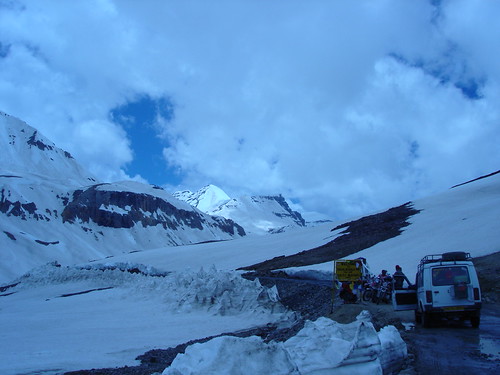
3. We are on top most point on Barlacha La (5045m). Some 1 Km higher than Rohtang Pass. One of the riders taking a respite from the strenous ride. He has vomited and crew is waiting in his support. I think I made a quick move as I myself was suffering from that extreme conditions.
On our way back we crossed Balacha La some 7am in the morning. It was the toughest ride we had with wheels sliding over the ice on the road. The weather had changed altogether. I think on that stretch I fell something like 10 times trying to stop the bike, losing balance on the ice flakes (and most bikers too, we were counting how many times each one did at the end of the day).
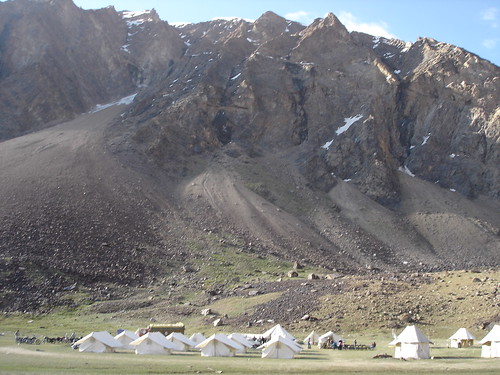
4. We reached our destination for the day. Sarchu. Its one of the important military posts. We had our tent ready out there. In the night it was to be so much cold that nothing helped (all the blankets and stuff like that proved so useless). Add to that the nasty headache and vomiting like feeling. We were just getting used to the mountain conditions. But I think we started feeling how Himalayas are like. Its a barren land. Its a desert of snow, rocks and mud. Rarely anything grow there. But it was a beauty we were all coming to terms with. Yeah it just mesmerises you and you take a while to grasp it (I dont know how to explain it).
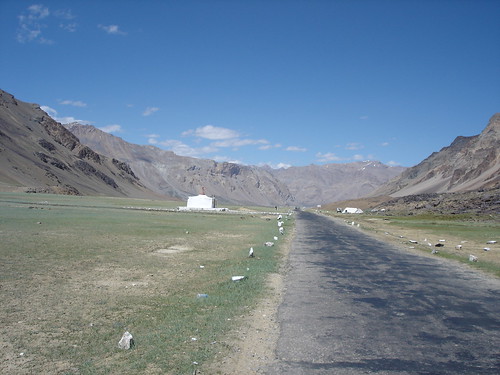
5. The plains of Sarchu looked so different from the route we had last day. We were to start from here. Sarchu is the last town on the HP side. We will cross from here to J&K. That makes this a favorite spot for tent makers.
Next would be our trip to Debring...one more stop before reaching Leh.


